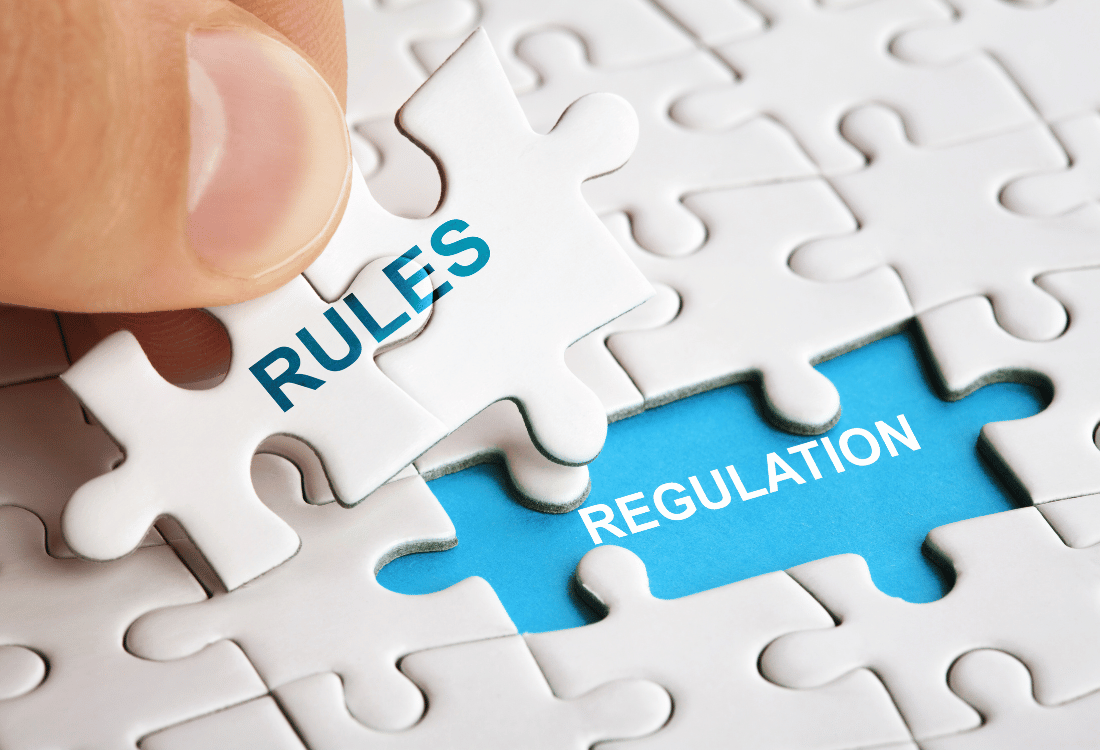
Stainless steel may be highly durable and resistant to corrosion, but in many industries it still requires regular treatment, using methods such as passivation, to ensure its longevity and to protect equipment from deterioration. Passivation should rigidly adhere to ASTM A967 standards to ensure the highest levels of equipment safety and quality.
The ASTM standard outlines specific methods for removing free iron and contaminants from stainless steel surfaces, making it a key element of compliance with industry regulations.
Maintaining Compliance With Industry Regulations
ASTM A967 standards are designed to ensure that stainless steel components used in various industries, including food and beverage, medical device manufacture, and aerospace, are free from contaminants that could affect their performance. By observing these standards, manufacturers can guarantee that their equipment meets rigorous safety and quality benchmarks. Compliance with ASTM A967 not only ensures that contractual obligations are met, but that equipment operates reliably and safely, protecting both the products and end-users.
Restoring Corrosion Resistance
An important benefit of ASTM A967 passivation is the restoration of corrosion resistance in stainless steel components, a process that is vital to optimise the lifespan of equipment by preventing the onset of rust that can affect performance. By removing free iron from the surface, passivation allows the stainless steel to form a passive oxide layer that shields it from corrosive environments. This protective layer is crucial to ensure consistent performance in manufacturing processes, where even minor corrosion can lead to significant operational issues.
Ensuring Product Purity And Equipment Longevity
Passivation according to ASTM A967 standards ensures that stainless steel components are free from contaminants and highly resistant to corrosion. This is particularly important in industries in which product purity is non-negotiable, such as food processing and pharmaceuticals. Contaminants on stainless steel surfaces can contaminate products, compromising safety and quality. By ensuring that stainless steel components remain uncontaminated and resistant to corrosion, manufacturers can maintain high standards of product purity and equipment longevity.
Advantages Of Citric Acid Methods
Among the various passivation methods outlined in ASTM A967, citric acid treatments are preferred for several reasons. Citric acid passivation offers shorter processing times and safer handling compared to nitric acid methods. Additionally, citric acid treatments result in an increased chrome-iron ratio on the stainless steel surface, enhancing its corrosion resistance. These benefits make ASTM A967 citric acid passivation treatments an efficient and safer choice to maintain the integrity of stainless steel components.
Rinsing And Neutralisation
A critical aspect of ASTM A967 passivation is the proper rinsing and mandatory neutralisation following the passivation process, steps that are essential to protect personnel and the environment from any residual acids or contaminants. Proper rinsing ensures that all chemical residues are removed from the surface of the stainless steel, while neutralisation renders any waste safe for disposal. Adhering to these protocols not only ensures compliance with safety regulations but also promotes a safe and responsible manufacturing environment.
Find Out More From The Experts At INOX Passivation
At INOX Passivation, our team can help you to comply with ASTM regulations through expert passivation services. To find out more, please get in touch today.
Image Source: Canva
No Comments Yet
Let us know what you think